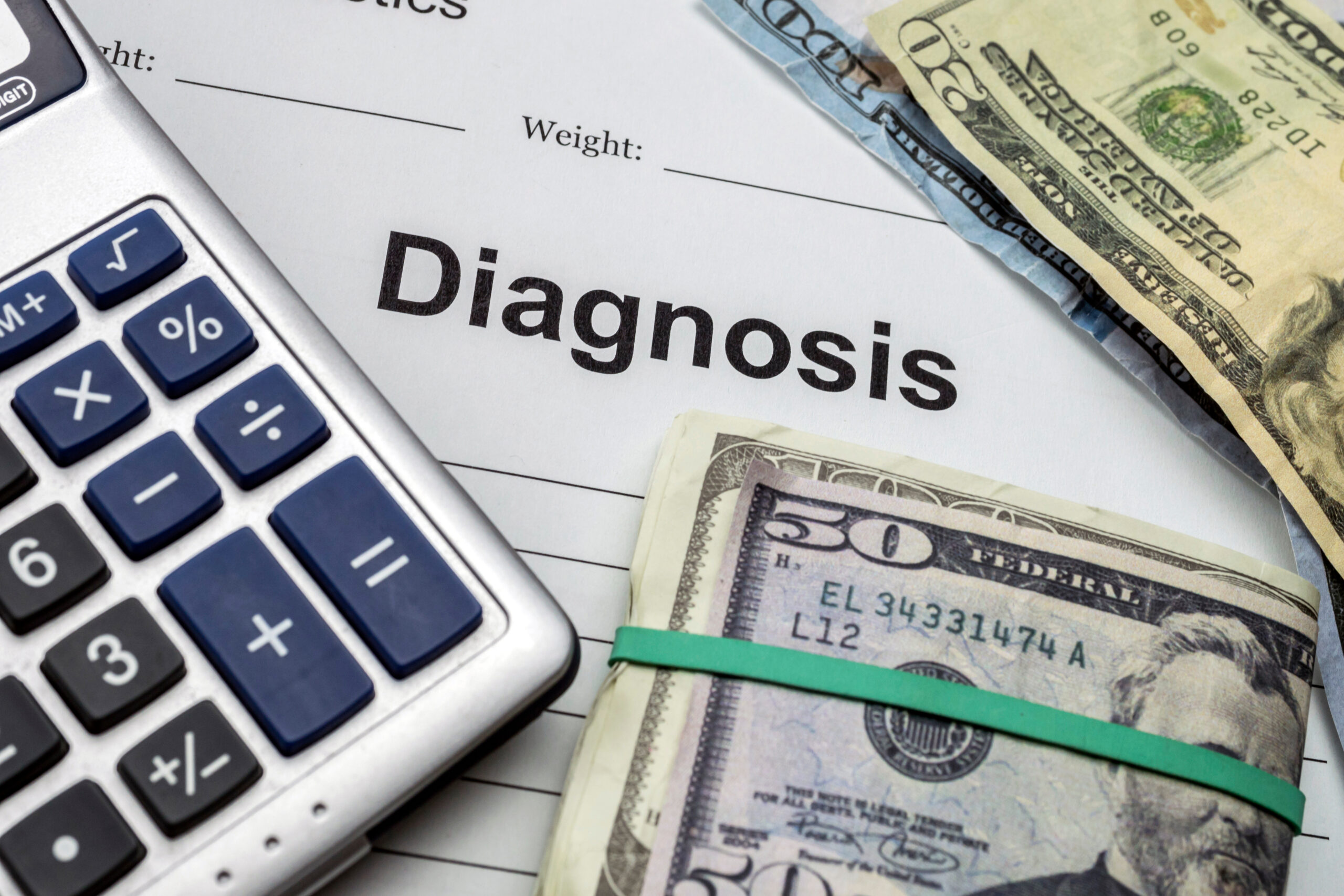How to Manage PMS With Hormone Support
Managing PMS with hormone support involves a combination of lifestyle changes, dietary adjustments, and targeted supplements. Here’s a straightforward guide to help you navigate these strategies:
First, it’s essential to understand that PMS symptoms are often linked to hormonal imbalances, particularly fluctuations in estrogen and progesterone levels. By addressing these imbalances, you can significantly reduce symptoms like mood swings, cramps, and bloating.
### Lifestyle Changes
1. **Exercise and Physical Activity**: Regular exercise can help improve circulation, boost mood, and reduce pain. Tailor your workouts to match your energy levels throughout your cycle. For example, lighter activities during the luteal phase can be beneficial.
2. **Stress Management**: Techniques like breathwork, meditation, or yoga can help lower cortisol levels, which in turn support hormone balance. Even a short daily practice can make a difference.
3. **Sleep Routine**: Establish a consistent sleep schedule and create a relaxing bedtime routine. Magnesium-rich snacks before bed can also promote better sleep quality.
4. **Maintain a Healthy Weight**: Excess body fat can increase estrogen levels, exacerbating PMS symptoms. A balanced diet and regular exercise can help manage weight effectively.
### Dietary Adjustments
1. **Eat Nutrient-Dense Foods**: Focus on whole foods like leafy greens, cruciferous vegetables, and berries. These support liver detoxification and help eliminate excess estrogen.
2. **Include Healthy Fats and Proteins**: Foods like avocados, olive oil, nuts, seeds, fatty fish, chicken, and tofu provide essential nutrients for hormone production and blood sugar balance.
3. **High-Fiber Foods**: Incorporate foods like flaxseed, oats, legumes, and quinoa to promote healthy estrogen metabolism.
4. **Limit Inflammatory Foods**: Reduce or avoid sugar, refined carbs, processed foods, alcohol, and hydrogenated fats, as they can worsen inflammation and cravings.
### Supplements for Hormone Support
1. **Magnesium and Vitamin B6**: These are crucial for reducing PMS symptoms, particularly mood swings and water retention.
2. **Vitamin D**: Essential for ovarian function and maintaining healthy progesterone levels.
3. **Omega-3s**: Anti-inflammatory and supportive of progesterone balance, helping with cramps and breast pain.
4. **Chasteberry (Vitex)**: Known for supporting hormone balance and alleviating symptoms like cramps and mood swings.
5. **Evening Primrose Oil (GLA)**: Helps reduce breast tenderness and irritability.
### Additional Tips
– **Seed Cycling**: This involves consuming specific seeds during different phases of your cycle to support hormone balance. For example, flaxseeds during the follicular phase and pumpkin seeds during the luteal phase.
– **Avoid Xenoestrogens**: Limit exposure to chemicals that mimic estrogen in the body by using glass containers, natural cosmetics, and choosing organic food options when possible.
By incorporating these strategies into your daily routine, you can better manage PMS symptoms and support overall hormonal health. Remember, everyone’s body is different, so it may take some trial and error to find what works best for you.





